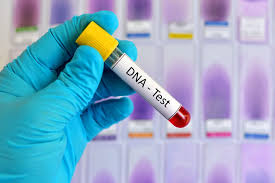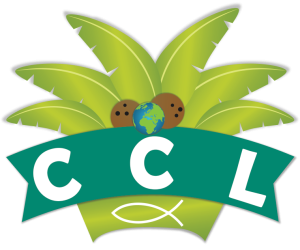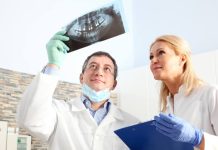
Your family’s history, legends, and the ways in which their experiences shaped your own are all things you wish to learn about. The science around DNA ancestry tests is developing, which might be helpful for this project. It is also sometimes hard to identify since part of it is social, relational, and cultural. Nations and millennia could be crossed by it. These techniques can help you discover your ancestors’ origins.
A DNA ancestry test may clarify your genuine heritage, family history, and self. Researching family history and ethnic makeup is a common purpose for these tests. Remember that the responses about ancestry and ethnicity might vary and are dependent on the database of each specific company. Genetic ancestry testing is being utilized outside its initial aim, such as to help identify or rule out criminal suspects, and this is becoming more common, albeit not without criticism. People may disclose their ancestry test results to their doctor in a clinical context with the hope that the information will help make decisions about their care.
Family History and Genetic Testing
People who are interested in family history (genealogy) can learn more than just what they can from relatives or historical records by using genetic ancestry testing, often known as genetic genealogy. Analyzing differences in DNA can provide information about a person’s true ancestry and family ties. People from different origins tend to share some patterns of genetic variation. Two people, families, or communities tend to share more patterns of variation the closer they are related.
Reuniting Families
According to a recent estimate, DNA ancestry testing businesses have tested over 26 million people globally for genetic heritage. DNA testing near me goes considerably further back than traditional family tree research, which struggles with the paper trail becoming cold after a few generations. These tests provide details about a person’s true ancestry and can facilitate communication between individuals and their relatives, sometimes even those who are quite distant, such as fourth or fifth cousins. When someone is unaware of their genealogy, such as many adoptees and the offspring of forced migrants, such knowledge may be especially helpful.
Health Insight Through Ancestry Testing
DNA testing can provide you with a wealth of fascinating information about your background and family history. Although most of these risk variations are not directly tested by ancestry testing, knowing one’s ancestry can be significant since the frequency of genetic risk variants might occasionally vary with true ancestry. But some direct-to-consumer ancestry testing companies offer health reports that include direct testing for a small number of DNA variants linked to diseases like Alzheimer’s and breast cancer or less common genetic conditions like cystic fibrosis, polycystic kidney disease, and various inborn errors of metabolism the latter of which allows carrier status to be determined.
Working of DNA Ancestry Testing
A vast array of DNA variations recorded in a person are compared to the frequency of the same variants in reference populations gathered from across the globe as part of genetic ancestry testing. The most likely place for an ancestor to have passed down the variant to the test subject is thought to be the geographic area where a particular variant is most prevalent. Y chromosome DNA, which is only passed from father to son and indicates the origin of one paternal ancestor, and mitochondrial DNA, which is only transferred by females, are the two types of DNA tests that are often taken for true ancestry analyses.
Assaying more autosomal variations called single-nucleotide variants [SNVs]; formerly known as single-nucleotide polymorphisms [SNPs] that are inherited from both parents can result in a more thorough evaluation of ancestry. Although DNA microarrays are most frequently used to assess these SNVs, DNA sequence data can also be employed. It is typical practice for autosomal testing to depict, by ancestry painting, the most likely geographic origin of a set of SNVs included inside a chromosomal segment. It is possible to determine the proportion of an individual’s ancestry that comes from each geographic location by tallying the percentage of SNVs that originate from those regions.
Conclusion
Genetic ancestry testing can provide information about the geographic origins of a person’s ancestors and help determine a person’s risk for developing certain heritable illnesses. Testing accuracy is hampered by population mixing and migration over time. Unexpected discoveries about ancestry and familial ties may have psychological repercussions. A DNA test can provide interesting details about your ancestry and family relationships. Leading companies such as Face DNA Test analyze your genetic markers to disclose your ancestral roots and family, expanding your understanding of who you are, even though no test can provide a complete record.



















